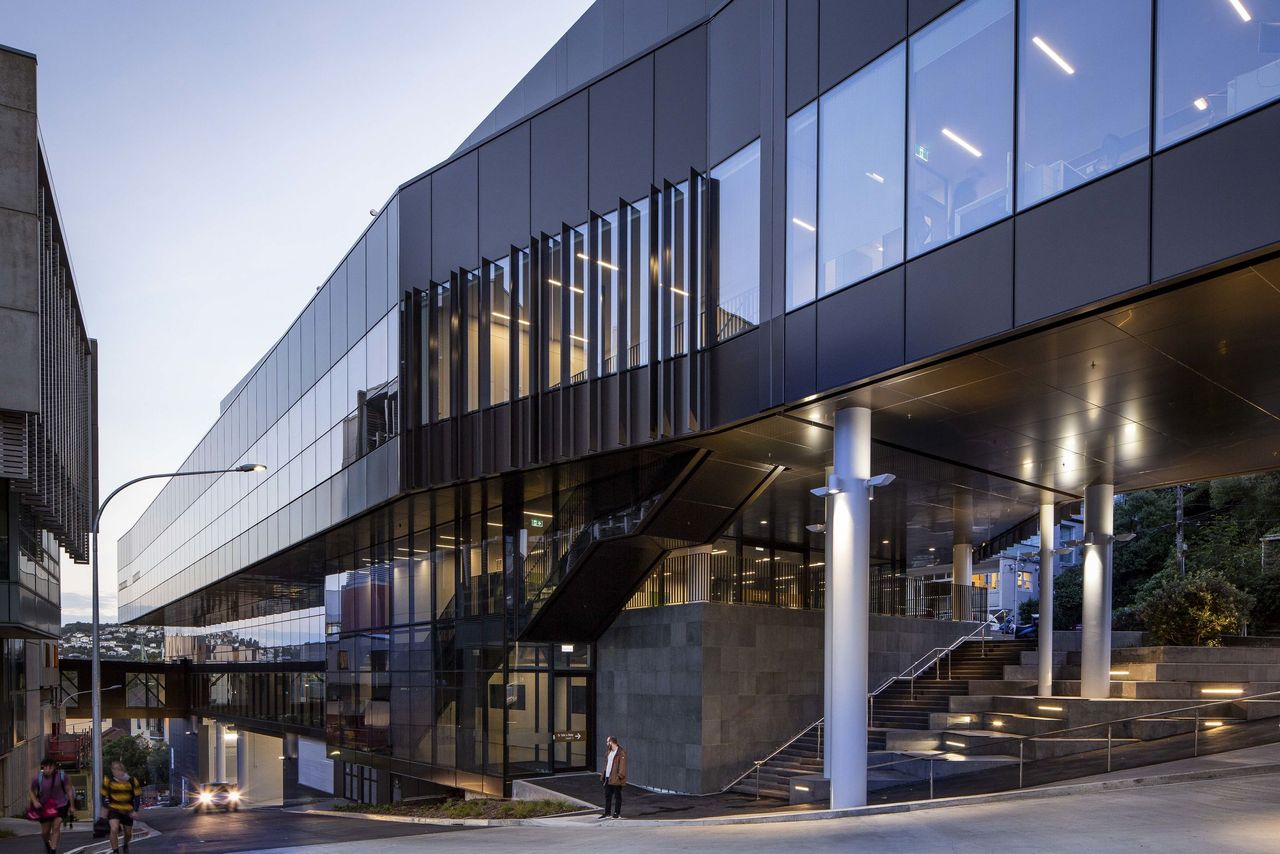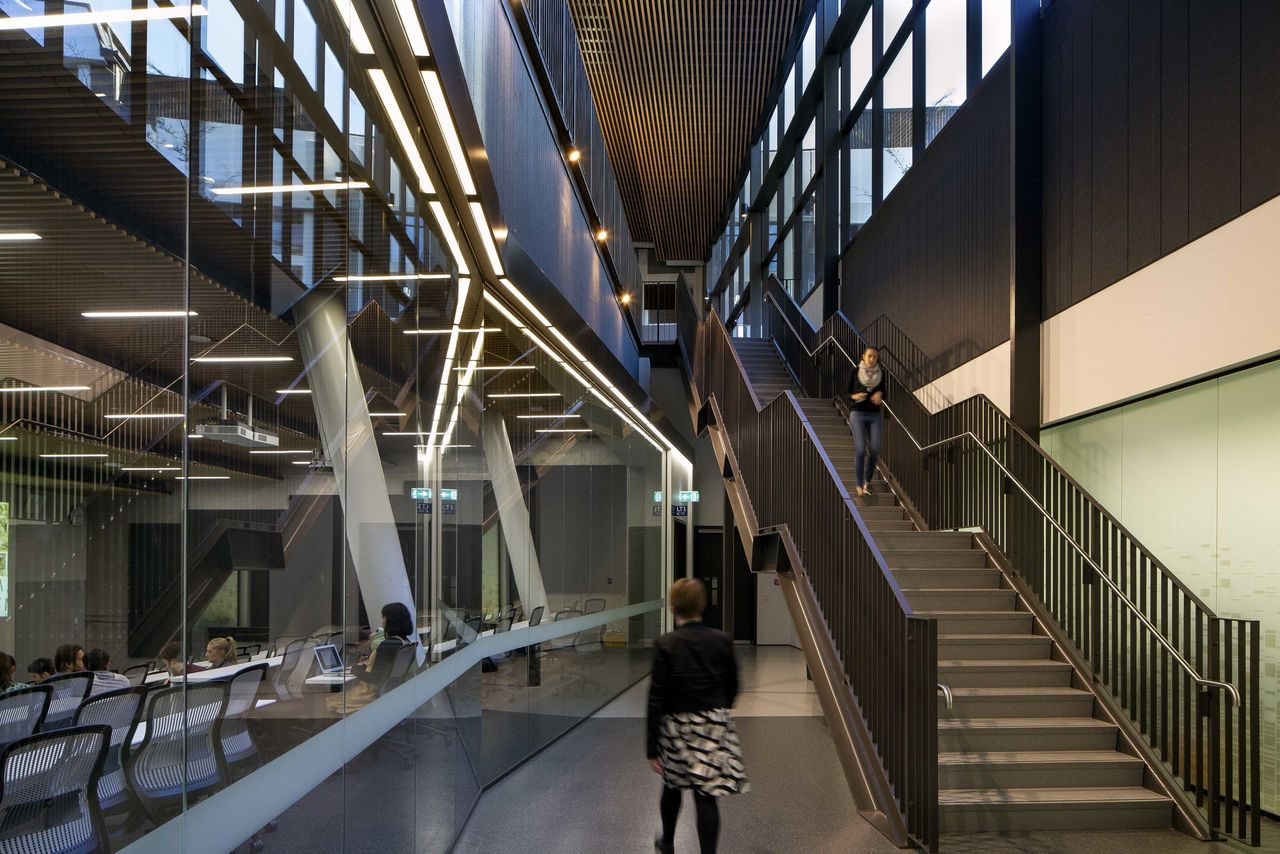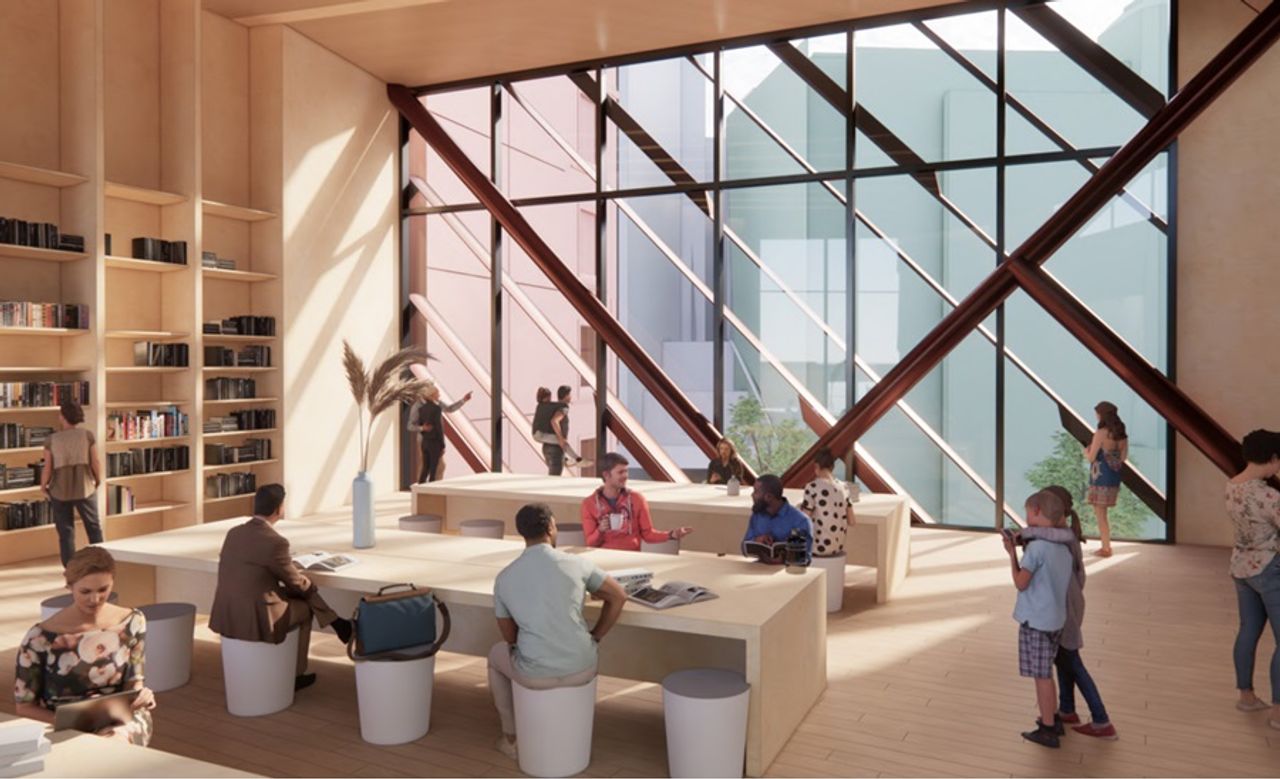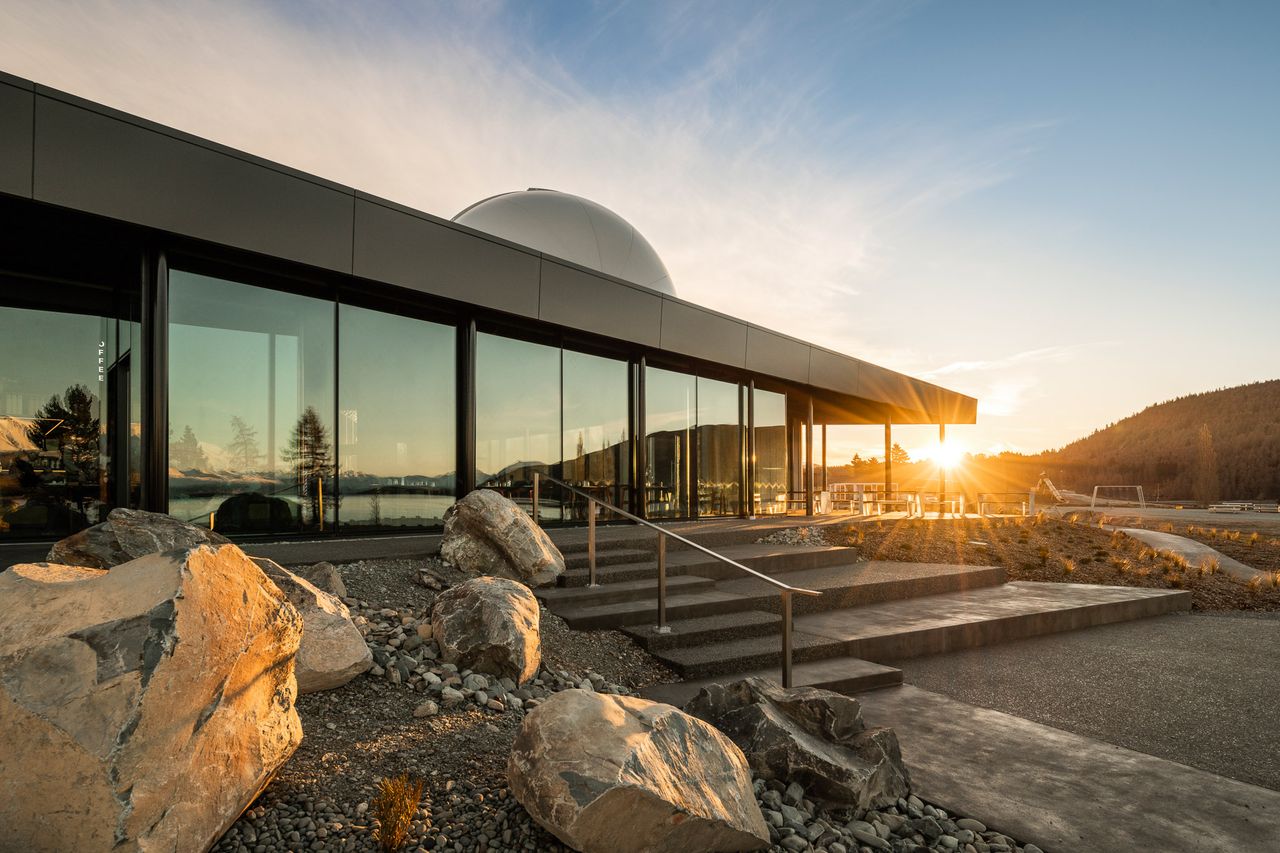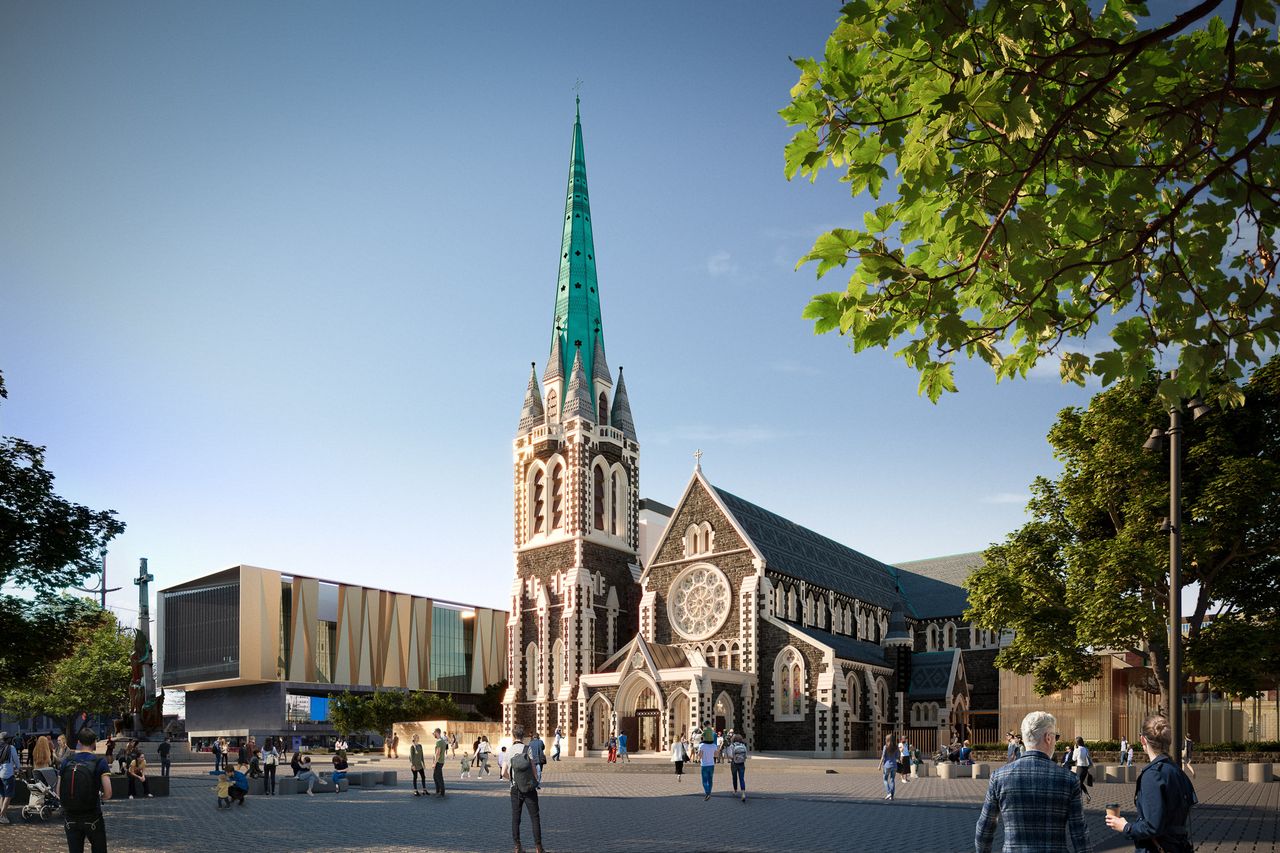Projects
Victoria University School Of Biological Sciences
Client
- Victoria University of Wellington
Project Leads
Location
- New Zealand
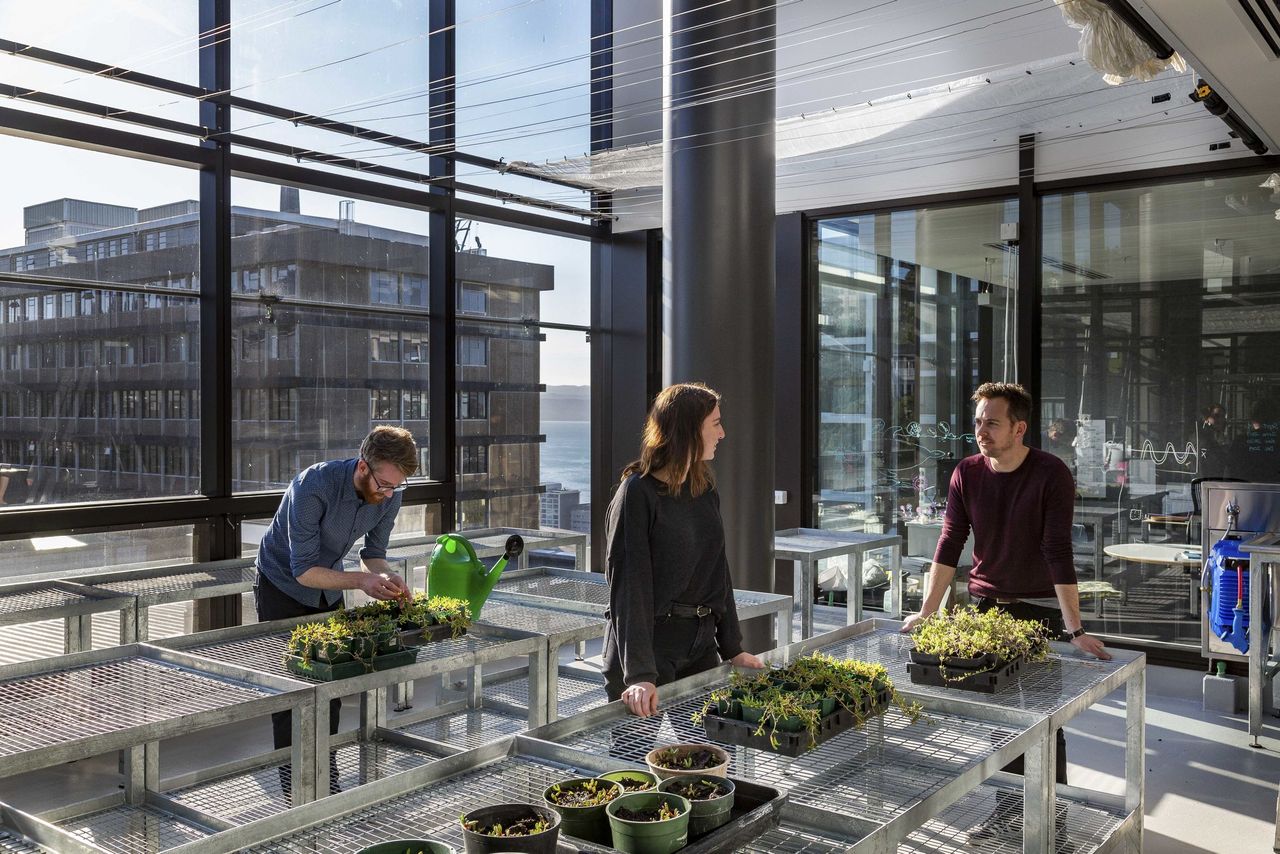
The circa $90m Te Toki a Rata School Of Biological Sciences equips Victoria University’s Kelburn Campus with 41,000 sq ft of modern teaching, research, and specialist PC1 and PC2 laboratory spaces.
The world-standard facility forms a gateway to the science precinct, supporting the University’s aspiration of becoming the pre-eminent institution at which to study biological sciences in New Zealand. It caters to subjects including microbiology, field and molecular ecology, evolutionary genetics, marine biology, endangered New Zealand species, reproductive biology, and more.
RCP provided comprehensive project management services from the feasibility stage and throughout the project’s lifecycle. The team involved user groups from the get-go – the scientists and academics. To inspire them, comprehend possibilities, and inform the design process, a study was conducted to visit science departments at universities in Australia. The exercise served to highlight what the end users should be considering and how they should be approaching their design brief.
Design outcomes, including the highly complex mechanical services needed to support the PC1 and PC2 laboratories, were integrated with the University’s existing functional and operational requirements and provided flexibility in both architecture and service provision for the longer term.
The 460-foot-long, fully glazed building superstructure was designed with repairable/replaceable dampers with only localized disruption to business continuity after a seismic event. In addition, the facades and fit-out were detailed where practical to withstand the movement of the building without damage. The utilization of Building Information Modeling (BIM) throughout the design and construction phases played a crucial role in facilitating a synchronized design between structure and services, ensuring constructability.
RCP also procured the laboratories’ specialist equipment. It worked closely with the users, coordinated with multiple disciplines and contractors, and oversaw the installation midway through construction to ensure the complex services commissioning program was not put at risk. Construction took place within a live campus environment so minimizing disruption to the University’s business-as-usual operations was paramount.
The facility was developed in line with the campus development plan, which seeks to create a cohesive science precinct and foster connectivity with the wider campus and the local business community.
